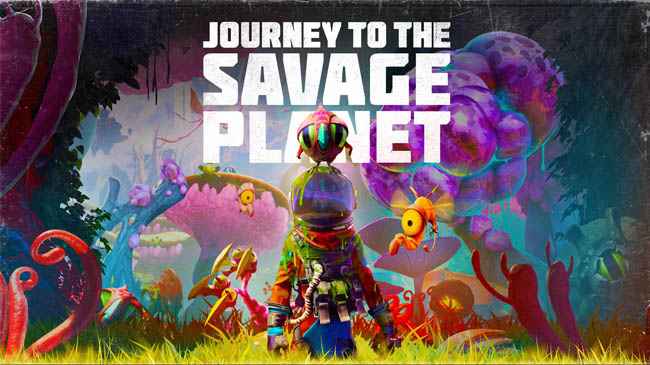Money management is a crucial skill that everyone should possess, and there’s no better time to start learning than in childhood. Teaching financial literacy to kids is not only about numbers and budgets but also about instilling valuable life lessons that will serve them well in adulthood.
In this increasingly complex world, it’s essential for parents to take an active role in guiding their children towards a secure financial future. From engaging in educational play to fostering responsibilities and setting a positive example, there are countless ways to impart these important skills.
그래서, let’s explore the exciting world of teaching financial literacy to kids and watch as they blossom into wise and financially savvy individuals.
https://www.youtube.com/watch?v=WjP5GPpD6NQ
1. State Requirements And Home Teaching
In the United States, 오직 21 states currently require high school students to take a course in personal finance.
This means that the majority of young people are not receiving formal education in financial literacy, leaving them unprepared for the complex world of personal finance. 하지만, parents and caregivers have the opportunity to fill this gap by teaching financial literacy at home.
While state requirements for financial education may vary, it is essential for parents to take an active role in teaching their children about money management. By starting early and instilling these skills from a young age, children can develop a strong foundation for making sound financial decisions throughout their lives.
2. Key Financial Literacy Topics For Kids
When teaching financial literacy to children, it’s important to cover key topics that will set them up for success.
Budgeting, saving, earning, compound interest, and financial giving are all important concepts that children should learn about. By understanding the fundamentals of these topics, children can develop healthy financial habits and learn the value of money.
3. Effective Teaching Methods For Children
Teaching through play is a highly effective method for children of all ages.
Whether it’s through board games, online simulations, or role-playing activities, incorporating play into financial education can make learning fun and engaging. This approach not only helps children grasp and retain information better, but it also instills a positive association with money management.
추가적으로, leading by example and evaluating your own relationship with money is crucial. Children observe and learn from the behaviors and attitudes of their parents and caregivers, so demonstrating responsible financial practices will have a significant impact on their own financial literacy.
4. Promoting Money Management Through Responsibilities
One way to promote money management skills is by giving children responsibilities that involve finances.
예를 들어, assigning chores with an allowance or opening a custodial bank account can teach children the importance of earning, saving, and managing their money responsibly. These responsibilities teach children the value of hard work, delayed gratification, and financial planning.
Encouraging entrepreneurship and volunteering are other effective ways to cultivate money management skills in children. Starting small businesses, such as a lemonade stand, not only teaches children about income and expenses but also nurtures their entrepreneurial spirit.
Volunteering exposes them to real-world problems and can inspire a sense of empathy and social responsibility.
5. Resources And Strategies For Teaching Financial Literacy
There are numerous resources available to assist parents and caregivers in teaching financial literacy to children.
Hands on Banking, Counting Money Worksheets and Lessons, MyMoney.gov, and the Consumer Financial Protection Bureau offer valuable tools and materials that can be used to tailor lessons to different age groups and learning styles.
It’s important to start small and gradually introduce new financial concepts to children. Utilize age-appropriate teaching materials and methods that capture their interest and keep them engaged.
예를 들어, middle schoolers in Utah learned about investing by participating in a stock market simulation using GameStop stocks. This hands-on approach made learning about investing more tangible and relatable.
뿐만 아니라, when teaching financial literacy, it’s crucial to consider the racial wealth gap and disparities in financial literacy that exist. 검은색, Latinx, and women generally have lower levels of financial literacy compared to White individuals and men.
By prioritizing inclusivity and addressing these disparities, we can work towards closing both the financial literacy gap and the wealth gap.
It’s also important to be aware of the influence of social media and marketing on younger individuals’ spending habits. Teaching children to be critical consumers and mindful of their spending choices can help them resist the temptations of consumerism.
Research shows that graduates of financial literacy programs have better financial habits and career interests in finance. 그러므로, closing gaps in financial literacy can have a direct impact on an individual’s financial well-being and opportunities for upward mobility.
궁극적으로, money management is largely behavioral and requires applying skills in everyday life. Involving children in household finances, exposing them to different career options, and teaching them the fundamentals of financial literacy tailored to their age level are all key strategies for ensuring that children develop strong money management skills that will benefit them throughout their lives.
Instilling money management skills early in children equips them to make wise financial decisions in the future, leading to lifelong financial success and security.



